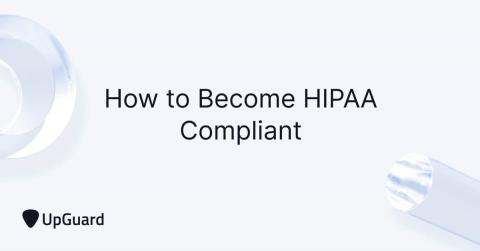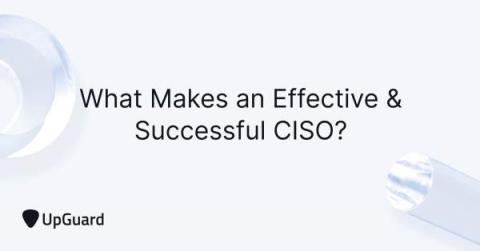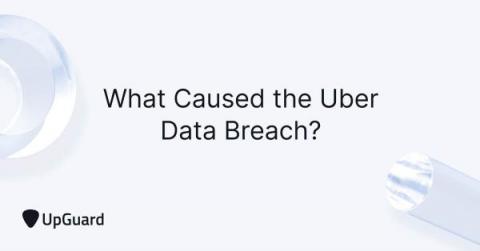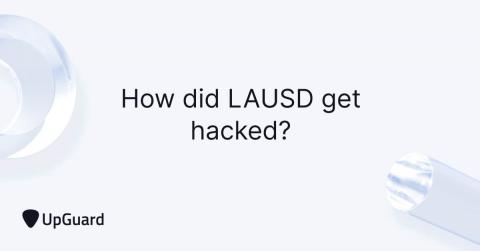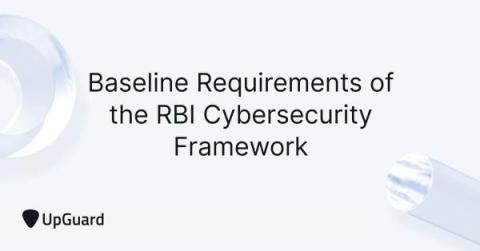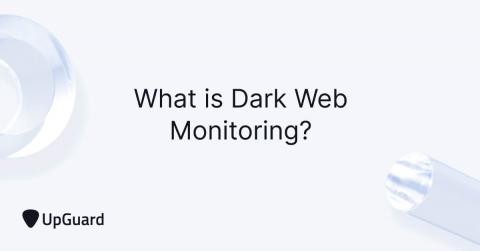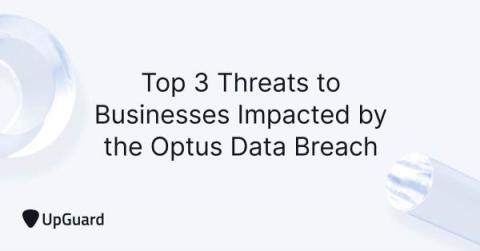How to Become HIPAA Compliant in 2022 (Includes Checklist)
HIPAA compliance is regulated by the Department of Health and Human Services (HHS) and enforced by the Office for Civil Rights (OCR). In 2013, the final Omnibus rule was enacted, binding business associates - or third-party vendors - to the Health Insurance Portability and Accountability Act. This modification added another level of compliance complexity to an industry not accustomed to operating in the cybersecurity domain - the healthcare industry.


